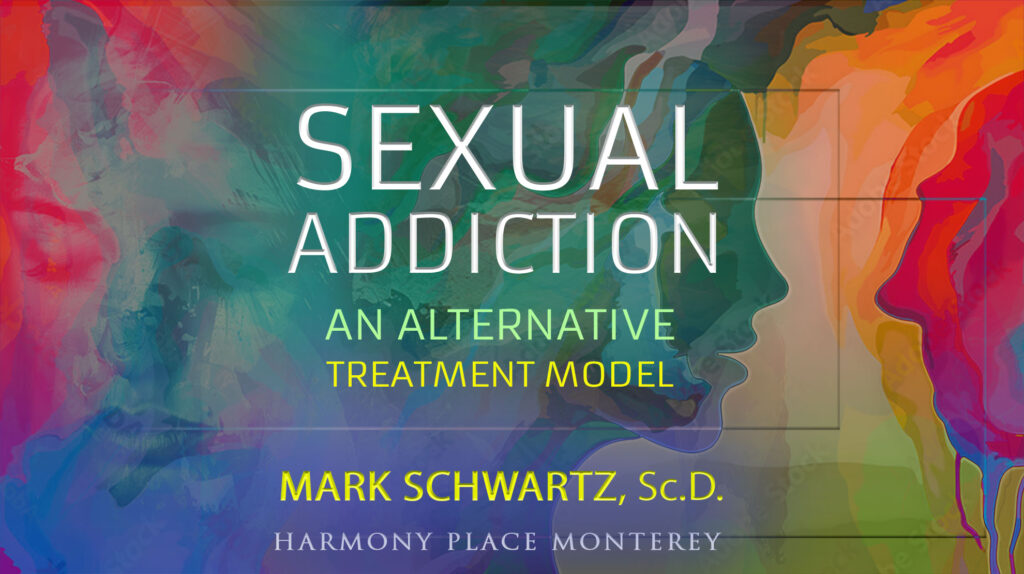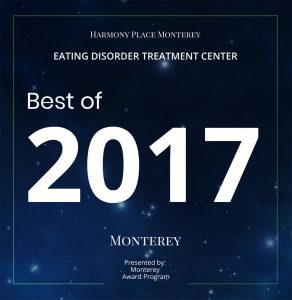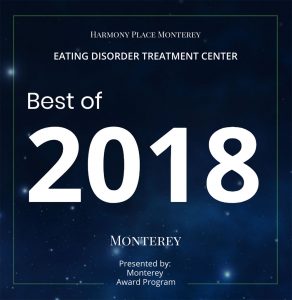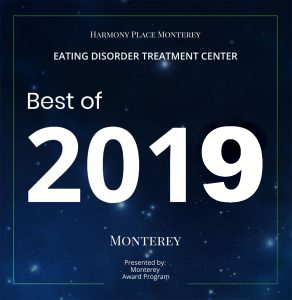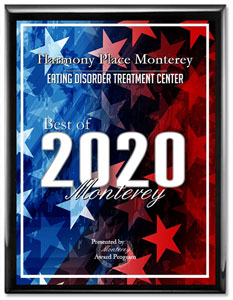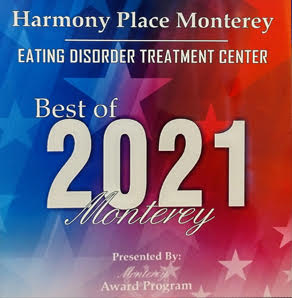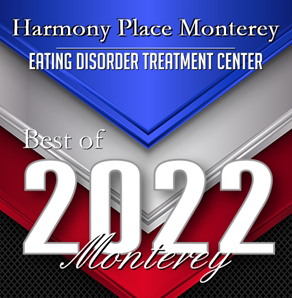When someone is not nourishing themselves adequately, a host of physical, mental, and emotional consequences emerge that prevent deeper therapeutic work necessary for long-term recovery. Thus, addressing and interrupting the cycle of disordered eating behaviors is crucial. Malnourishment, while commonly seen in anorexic presentations, can affect individuals of any size and symptom profile. The first priority in treatment is restoring adequate nourishment. This involves meeting with a dietitian and creating a basic meal plan to bring the body back to a baseline. For some, this may require incremental weight gain. Once a baseline is achieved, treatment can move on to addressing more nuanced eating disorder behaviors, such as incorporating feared foods and processing fears related to body image and weight.
Many people with eating disorders (EDs) may have never developed a healthy relationship with food. Tasks like grocery shopping, cooking, dining out, and knowing appropriate portion sizes can feel overwhelming and anxiety-provoking. Learning practical skills and challenging the anxiety associated with these experiences is a critical part of recovery.
In addition to food-related symptoms, most individuals with EDs exhibit other behavioral symptoms. Compulsive exercise, often used as a form of “purging” or weight control, is a common companion to EDs. Body-checking behaviors and other obsessive-compulsive rituals are also prevalent. These behaviors serve as attempts to alleviate anxiety and avoid underlying emotional states.

